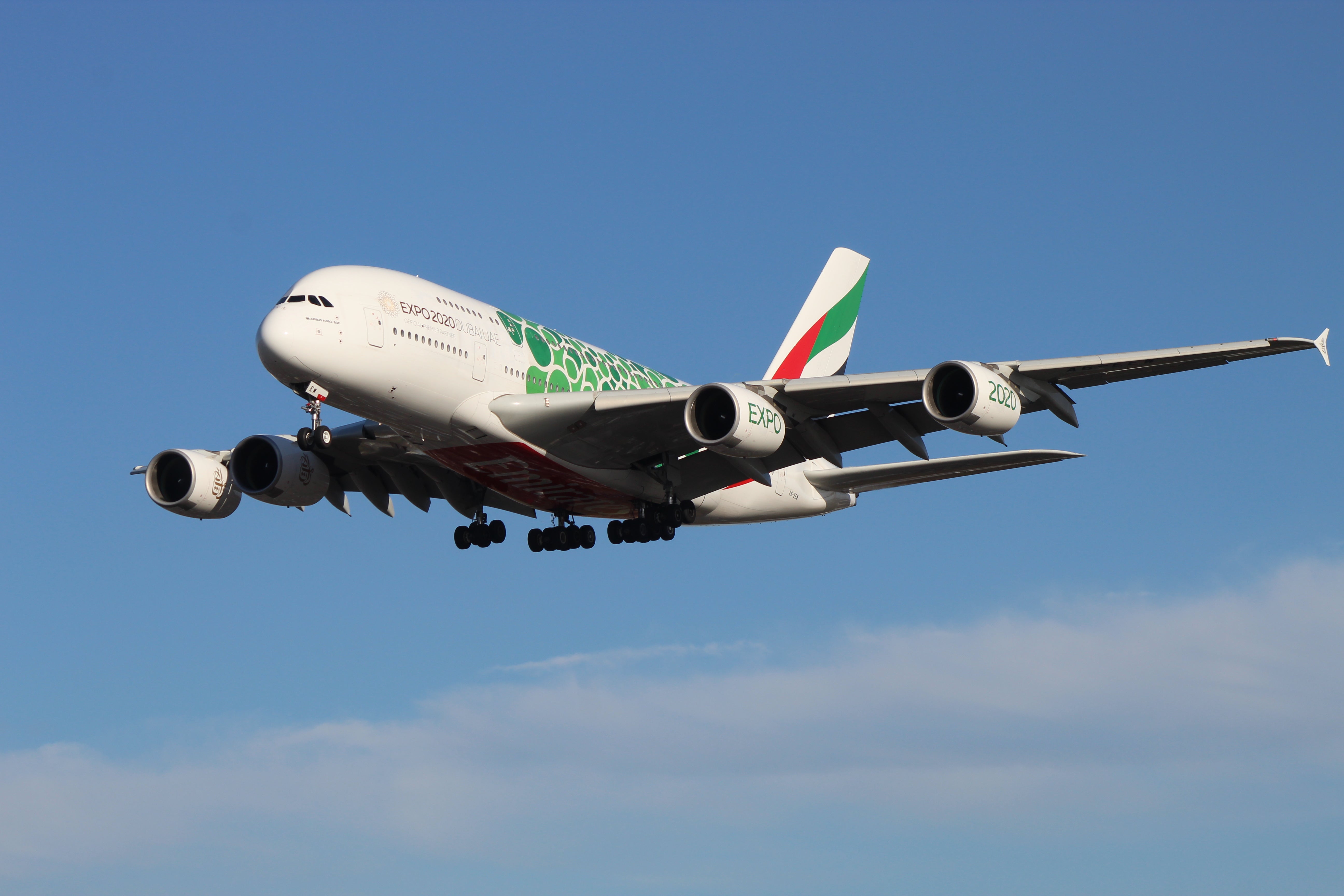Emirates’ reset shows challenges ahead for UK travellers
Plane Talk: Planned flights to and from Dubai provide a guide to the near future for global air travel

Your support helps us to tell the story
From reproductive rights to climate change to Big Tech, The Independent is on the ground when the story is developing. Whether it's investigating the financials of Elon Musk's pro-Trump PAC or producing our latest documentary, 'The A Word', which shines a light on the American women fighting for reproductive rights, we know how important it is to parse out the facts from the messaging.
At such a critical moment in US history, we need reporters on the ground. Your donation allows us to keep sending journalists to speak to both sides of the story.
The Independent is trusted by Americans across the entire political spectrum. And unlike many other quality news outlets, we choose not to lock Americans out of our reporting and analysis with paywalls. We believe quality journalism should be available to everyone, paid for by those who can afford it.
Your support makes all the difference.“Peak Emirates” prevailed in the first two months of 2020.
Londoners could fly to Dubai on any of the airline's six daily flights from Heathrow, three from Gatwick and two from Stansted.
No other carrier came close to that range of services from three of the capital’s airports to a single destination, except British Airways to New York.
Birmingham and Glasgow had two daily flights; Manchester three; Newcastle one; and Edinburgh five times a week.
On most days, then, there were 20 flights a day to Dubai on Emirates from the UK, with most of them flown using Airbus A380 “SuperJumbo” aircraft.
How the mighty are wounded by coronavirus. The airline’s latest filings show a vastly diminished schedule for this winter – with reductions from the UK exacerbated by a much slimmer range of options for travel beyond Dubai.
Emirates is the world’s biggest people-mover over international frontiers (while American Airlines, Delta and United fly more passenger-kilometres, a large slice of those are within the US; Dubai has no domestic business). So what Emirates is planning provides a guide to the near future for global air travel.
These schedules are mostly planned from the start of December, in the hope that the airline can sweep up lots of Christmas traffic.
London links will shrink compared with last winter. Emirates will run four flights from Heathrow (three of them on Airbus A380s, the other on a single-deck Boeing 777).
Gatwick drops from three daily A380s to a daily 777. Stansted gets the crumbs in the shape of five 777s a week, down from twice daily.
From Birmingham, the two Airbus A380s daily reduce to a Boeing 777 on four days a week. Glasgow, which had a mix of A380s and 777s, also drops just four of the smaller planes a week.
Manchester probably does better than most: the 21 weekly A380s will reduce to 11 – with Boeing 777s filling four times a week in to get a twice-daily service.
Edinburgh is an outlier; it gets a daily service from 1 December, two more each week than before. But nearby Newcastle gets the reduced frequency that Edinburgh previously had, from a daily link to five a week.
What about the all-important connections beyond Dubai? Emirates was, for the past decade, by far the biggest carrier of British travellers between the UK and Australasia.
But with both Australia and New Zealand operating extreme immigration and quarantine restrictions, travel to the far ends of the earth has dwindled to almost nothing. So let us take a spin around some of the Australian state capitals.
Adelaide falls off the map, Brisbane drops from two a day to two a week, Melbourne falls from two A380s daily to three 777s a week, Perth goes from a daily A380 to two 777s weekly,
Optimistically, Emirates is hoping to re-launch the 9,000-plus link from Dubai to Auckland from 3 January. But seating capacity is more than halved, with the daily A380 replaced by four Boeing 777s a week.
To east Asia, Hong Kong flights are reduced from three to one a day, and Phnom Penh in Cambodia falls off the airline map. But there are surprises: Emirates continues to serve both Tokyo airports, even though Haneda is far better located for the Japanese capital than distant Narita.
Looking further ahead at the summer season, which begins at the end of March and a very long winter, there are encouraging signs: Glasgow is expected to double seats from the winter schedule, with a single daily A380 back. Gatwick gets its Super Jumbo back, too, and Stansted steps up to daily.
All of this, needless to say, depends on events – from vaccine development to economic crises. This week, Eamonn Brennan, director-general of Eurocontrol, has had to revise down projections for the rest of 2020 – while the prediction made in April was remarkably good to the end of August, air traffic is now in decline.
“Airlines are losing billions,” he said. “We’re not seeing any improvement, we’re not seeing any breakthrough.”
Emirates is betting the sheer hunger for travel combined with fewer travel restrictions and a testing regime that everyone can live with can emerge over the coming months.




Join our commenting forum
Join thought-provoking conversations, follow other Independent readers and see their replies
Comments